Advances in artificial intelligence mean images can be manipulated so that we can no longer trust what we see, hear or read. As the recent fake photo of Pope Francis shows, Christians must be on guard for misinformation
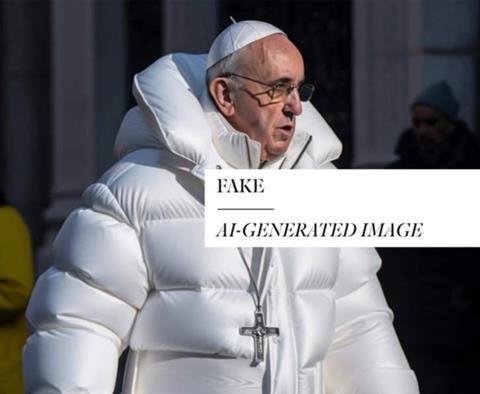
When I saw a photo of Pope Francis in a white puffer jacket on Twitter over the weekend I thought it looked a bit odd, but I didn’t really give it a second thought. That is until it came to light that the image wasn’t real at all. It was made using artificial intelligence (AI), and it fooled many of us.
Pope Francis is known for being one of the more adventurous and disruptive pontiffs. But he’s not the story here. The story is the technology; the machines that are rapidly changing what we see, hear and know to be true.
The creator of the Pope picture, Pablo Xavier, told Buzzfeed: “I just thought it was funny to see the Pope in a funny jacket.” Yes, this is a fairly amusing case of what’s called a ‘deep fake’. But as a journalist and Christian, it raises questions for me…and probably for you as well.
Artificial intelligence
Artificial intelligence isn’t a new phenomenon, but awareness has been growing, particularly with the advent of ChatGPT. This AI tool, known as a conversational AI or chatbot, is trained to communicate and generate human-like text in response to a wide range of prompts and questions.
After its launch on 30 November 2022, the threat to long-standing industries and education systems intensified over night. Thought leaders such as Jordan Peterson implored us to take ChatGPT very seriously. Other tech giants followed up with their own versions…and the line between humans and machines got a whole lot more blurry.
As with all technologies, they can be used for good as well as bad. For example, automation and AI can be used to make jobs more efficient and at the same time put people out of work.
In a similar way, AI can be used to help write sermons and prayers, taking stress off busy pastors. But at the same time it can twist and misrepresent the gospel.
I’m not going to lie, I’m fairly concerned about where the future of AI is going, particularly when it comes to the question of the kind of world we are creating.
If we genuinely believe events in history are real, but then discover they are fake, what does this mean for the confidence we have in our Christian faith?
Imagine a scenario where someone creates ‘evidence’ of a revival in a fairly rural town somewhere, and the Church believes it and it makes the news. Then later, it turns out it was a Midjourney fake. What a disheartening and confusing mess we’d be in.
I mean, I think the recent Asbury revival was real…
There is also a danger that by increasingly disputing what is the truth, it will further polarise the Church. Some will choose to fight against AI and push further into a protective mindset, guarding and preserving the sacred truths of the gospel, but in doing so close off to new expressions of faith. Others will be more open to seeing the advantages of AI to furthering the mission of the Church, but in doing so may get more easily fooled by misinformation.
For me, I can relate to both extremes. While the message of the gospel doesn’t change, the packaging needs to, as society and culture changes. I believe that questions about the meaning and purpose of life are beyond the capabilities of AI.
I concur with what the evangelical leader Rev Dr John Stott said: “The church is not a museum to preserve the past, nor a fortress to protect itself from the present, nor a school to teach the world how to live. It is a community of people who have been transformed by the love of God and who are committed to following Jesus Christ in the world.”
I could have quite easily asked an AI tool to write this article for me, but I chose to share my thoughts myself. The Bible says humans are fearfully and wonderfully made – by God, not by machines. And while I am concerned about the world around me, my confidence is not in the algorithms or the artificial, but in the living God.
And no intelligence, artificial or human, can change that.



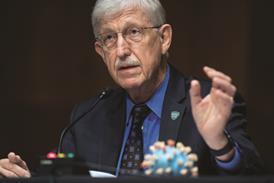
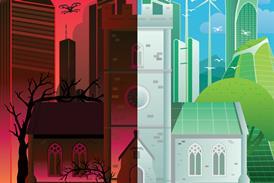
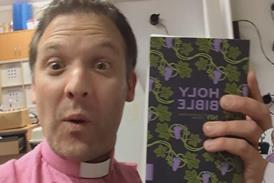




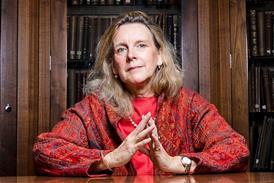


























No comments yet